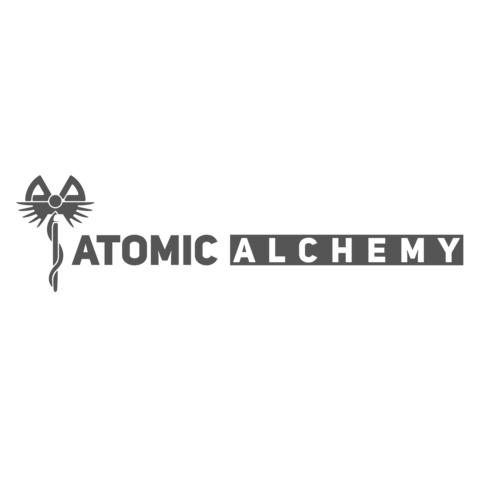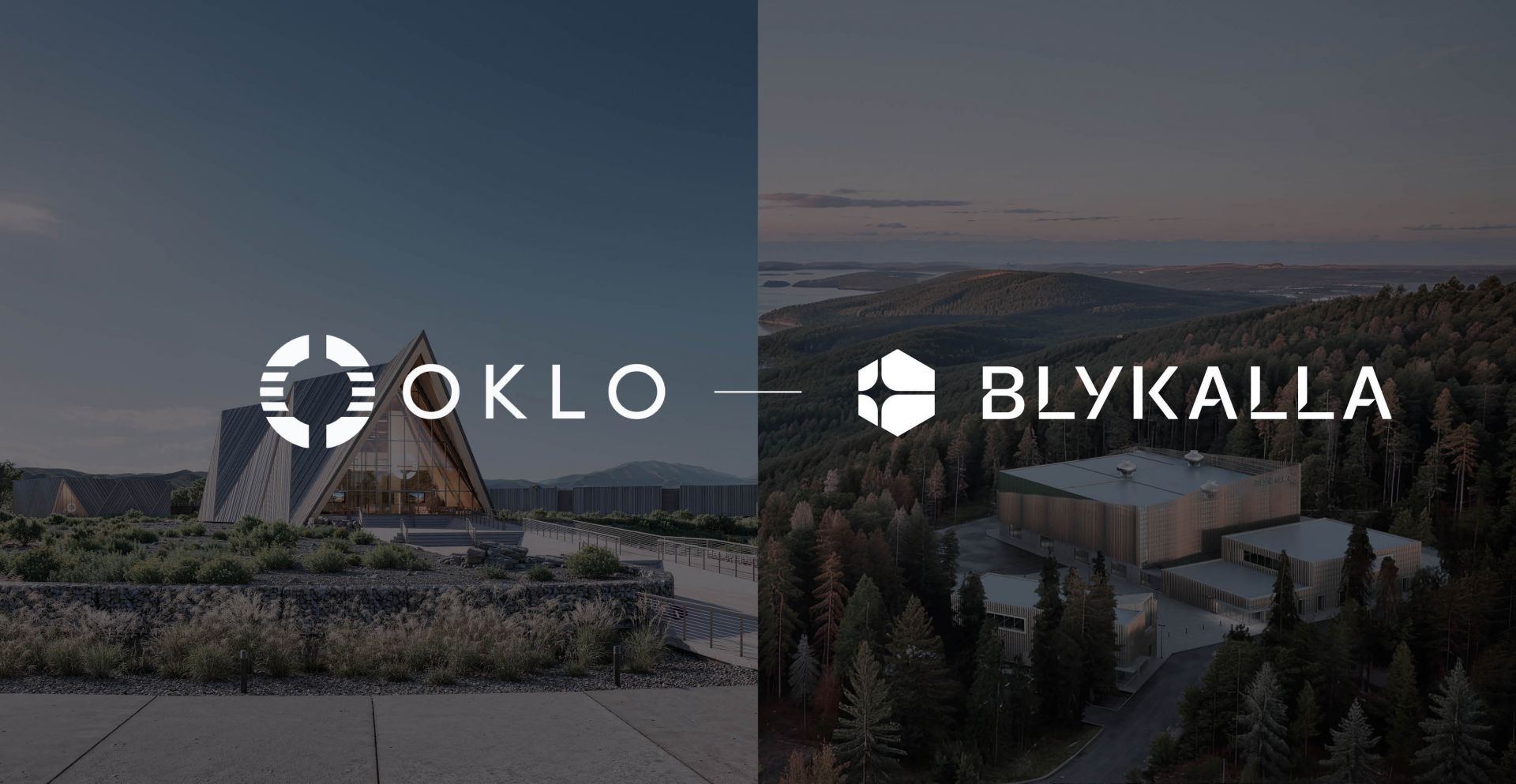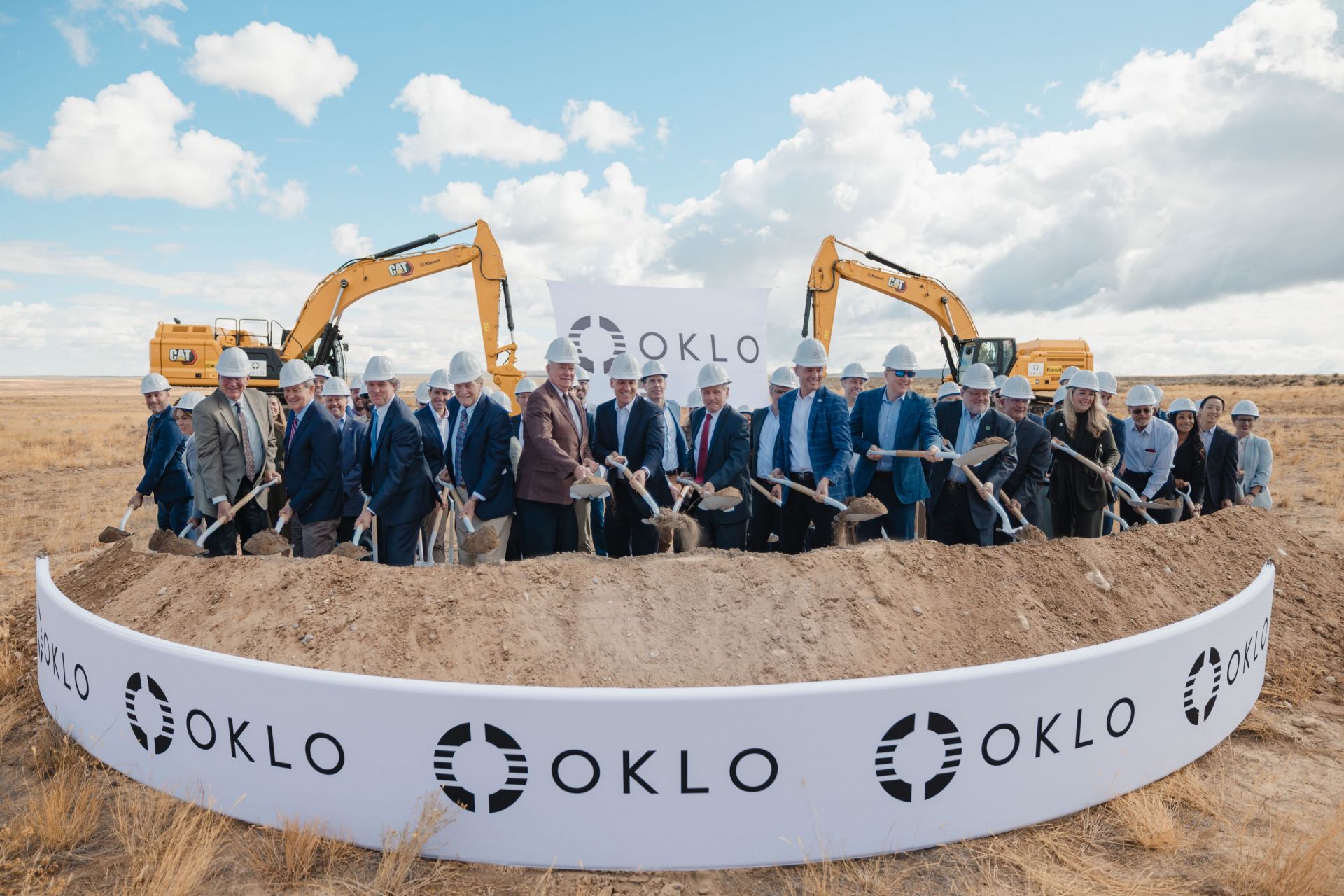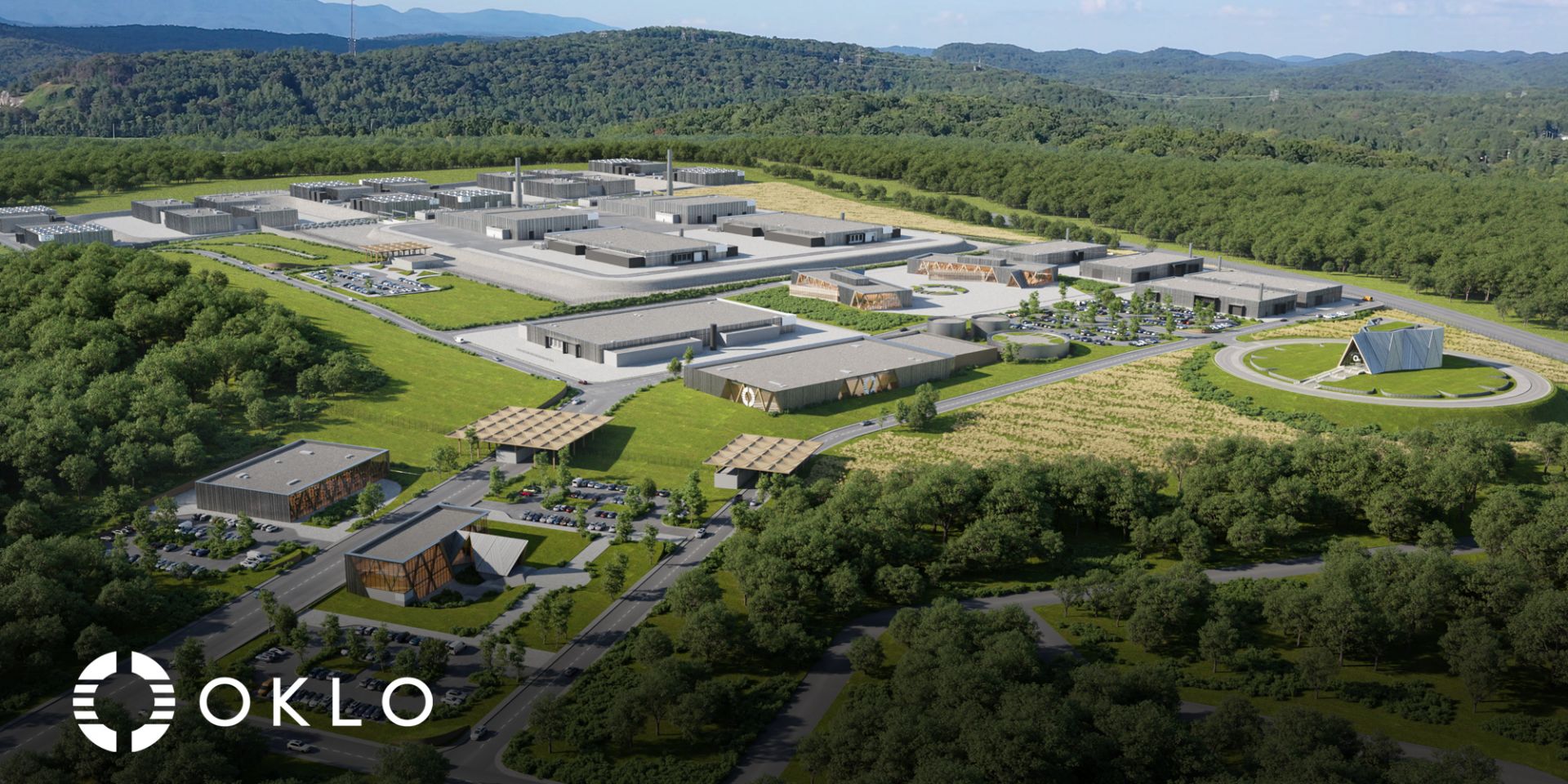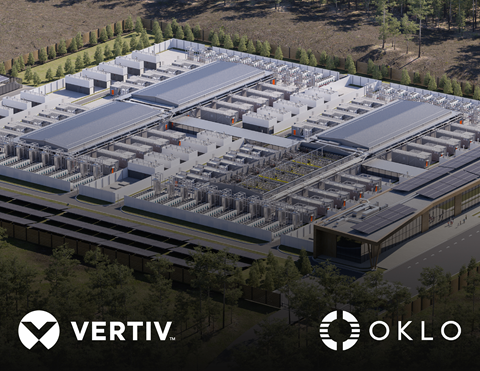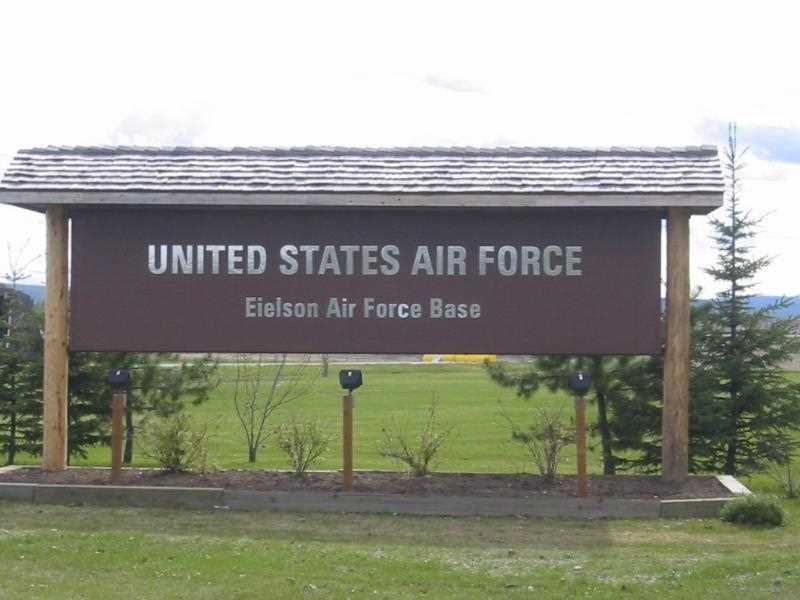November 14, 2025, 12:10PMUpdated November 15, 2025, 12:30PMNuclear News Members of the Aalo team at the first ground-breaking ceremony for a project accelerated by the Reactor Pilot Program. (Photo: Aalo Atomics)
It has been about three months since the Department of Energy named 10 companies for its new Reactor Pilot Program, which maps out how the DOE would meet the goal announced in May by Executive Order 14301 of having three reactors achieve criticality by July 4, 2026.
Valar Atomic’s Ward 250, under construction. (Photo: Valar Atomics)
Hawthorne, Calif.–based reactor start-up Valar Atomics recently announced that it has raised $130 million in its Series A funding round, led by venture capital groups Snowpoint, Day One, and Dream.
Concept art of the Aurora Powerhouse. (Image: Oklo)
The Department of Energy’s Idaho Operations Office has approved the Nuclear Safety Design Agreement (NSDA) for Oklo Inc.’s Aurora Fuel Fabrication Facility (A3F) at Idaho National Laboratory. The A3F is being built to fabricate fuel assemblies for Oklo’s Aurora Powerhouse, a liquid metal–cooled, metal-fueled fast reactor with a maximum power of 75 MWe.
Oklo employees alongside leaders from federal, state, and local government at the ground-breaking ceremony. (Photo: Oklo)
Following the same milestones from Aalo Atomics and Valar Atomics, Santa Clara, Calif.–based reactor start-up Oklo has become the third company participating in the Department of Energy’s Nuclear Reactor Pilot Program to break ground on its fast-tracked project at Idaho National Laboratory.
Oklo’s proposed Advanced Fuel Center in Tennessee. (Image: Oklo)
Late last week saw two announcements from companies working to recycle used nuclear fuel on a commercial scale, providing welcome news to anyone hoping to see the United States move to unlock the hidden potential of the more than 94,000 metric tons of spent fuel stored at power plant sites around the country.
Concept art showing the Aurora Powerhouse. (Image: Oklo)
A strategic collaboration has been launched by Lightbridge Corporation and Oklo Inc. to explore locating Lightbridge’s fuel fabrication facility within Oklo’s planned advanced fuel manufacturing facility. The collaboration aims to “accelerate the commercialization of advanced nuclear fuels through joint fuel fabrication and research and development, including manufacturing fuel using repurposed plutonium from legacy materials,” according to the companies.
Vertiv and Oklo plan to collaborate on modular, energy-efficient power and cooling systems and designs developed to support data centers driven by nuclear power. (Image: Oklo)
In back-to-back press releases, Oklo recently announced two new partnerships that seek to advance the deployment of its commercial power reactors in the data center market.
These partnerships, one with Ohio-based Vertiv Holdings and one with Colorado-based Liberty Energy, continue Oklo’s trend in working to position their Aurora powerhouse as a key part of the energy solution for powering the AI boom.
(Photo: Idaho National Laboratory)
Following the signing of a new agreement, Kiewit Nuclear Solutions, a subsidiary of Kiewit Corporation, is officially the lead constructor for Oklo’s first commercial Aurora powerhouse, which will be built at Idaho National Laboratory.
A view of the DOME microreactor testbed, which is managed by the National Reactor Innovation Center. (Image: NRIC)
The National Reactor Innovation Center is accepting applications from developers ready to take a fueled microreactor to criticality inside the former Experimental Breeder Reactor-II containment building at Idaho National Laboratory, now repurposed as DOME—a microreactor test bed. According to a Department of Energy announcement, DOME will be ready to receive the first experimental reactor in the fall of 2026, with testing likely to begin in 2027.
Work on Argonne's METL sodium test loop. (Photo: Argonne National Laboratory)
Argonne National Laboratory has successfully swapped out an aging cold trap in the sodium test loop called METL (Mechanisms Engineering Test Loop), the Department of Energy announced April 23. The upgrade is the first of its kind in the United States in more than 30 years, according to the DOE, and will help test components and operations for the sodium-cooled fast reactors being developed now.
